The “Valle dei mulini” or “Valley of Mills” is a cluster of verdant ruins located in a steep crevice at the heart of Sorrento, Italy.
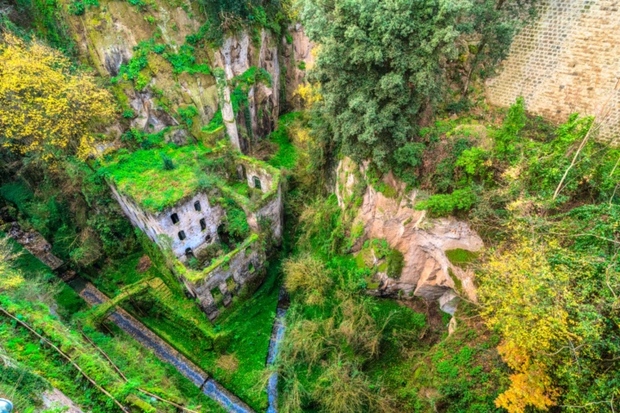
The deep gorge is surrounded by thick and vibrant vegetation, and at its center stands a six-story building that used to be operational but has been deserted since the early 1900s. The structure’s current state is barely recognizable due to the dense moss layers, overgrown fern branches, and several climbing plants that have taken over the building. Its appearance now resembles a natural rock formation more than a man-made structure.
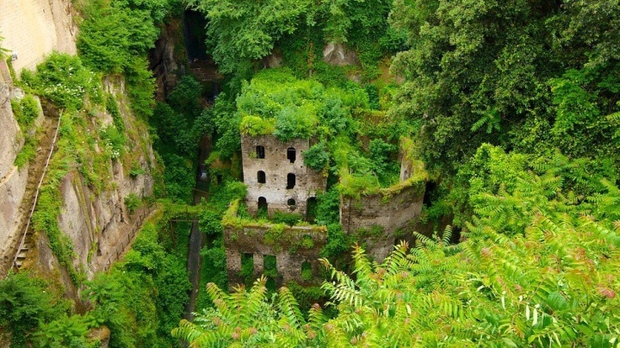
Around 35 millennia ago, the Phlegraean Fields volcano, situated to the west of Naples, underwent an eruption that led to the development of this particular gorge. This canyon, much like others in the Sorrentine coast, boasts awe-inspiring cliffs and ravines formed by lava streams that presently serve as a natural divider between the towns of Meta, Piano di Sorrento, Sant’Agnello, and Sorrento.
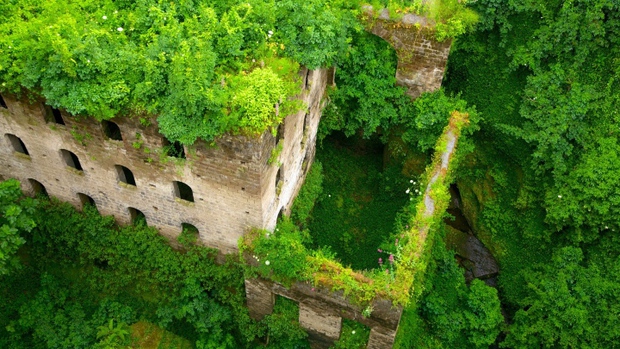
The 13th century saw the emergence of flour mills, which gave rise to other industries that capitalized on the abundant water supply. Sawmills and laundry houses were among those that benefited from this development. Nonetheless, as pasta mills took over flour milling, this particular industrial hub became redundant and its structures ultimately fell into disuse, with closure occurring in the 1940s.
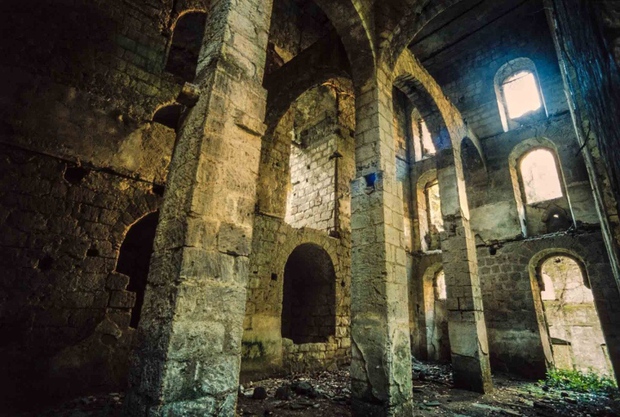
As time passes, the brick structures in Mills Valley become more and more enshrouded by thriving vegetation that thrives in the humid nooks and crannies. These breathtaking edifices, nestled away in the valley, look like they’re straight out of a futuristic film where people no longer occupy the planet.
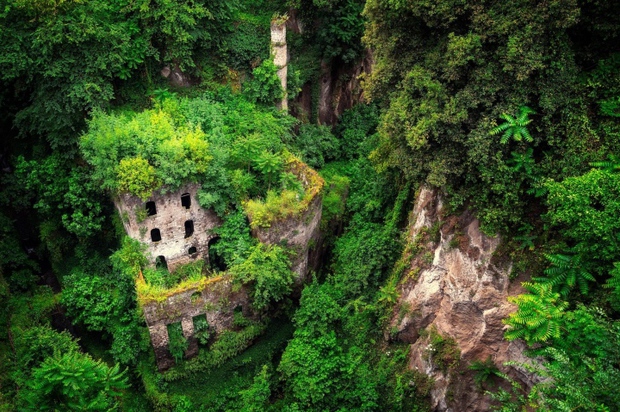
As you make your way towards Sorrento’s downtown area, you’ll be met with an awe-inspiring view of a valley that resembles a magical kingdom with its own enigmatic universe. The thick canopy of age-old oak trees muffles the sound of traffic, allowing only the delightful chirps of birds and buzzing insects to permeate the surroundings. The valley floor is lined with walls and floors that intensify its enigmatic vibe, and the dense and murky scenery flaunts fanciful hues that fuel the imagination.
In the 19th century, locals believed that the valley was a favored haunt of elves that made their appearance only at night. However, recent surveys conducted by the World Wide Fund for Nature (WWF) have found that the valley serves as the perfect refuge for owls and bats, which have made it their home.
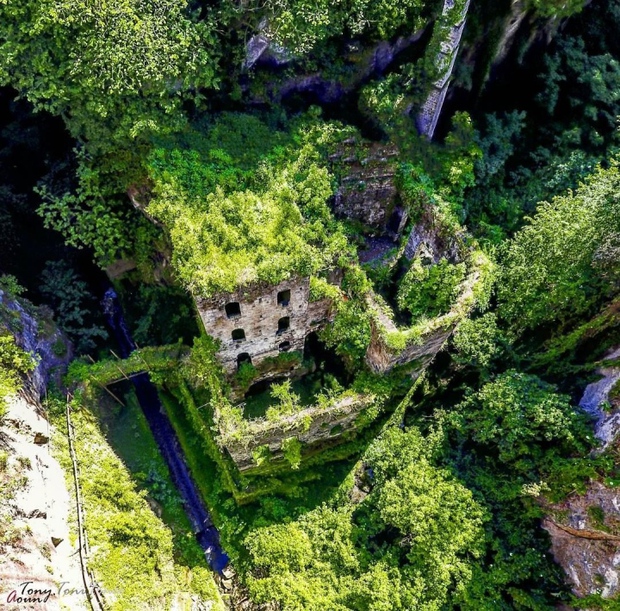
Over time, Mills Valley has become famous as one of the most well-known abandoned locations globally. In fact, it has been featured in newspapers as one of the top “attractive and eerie abandoned places” out there. Unfortunately, the once-cherished relic has suffered from a contentious renovation project, resulting in the loss of its greenery and some of its architectural features.
